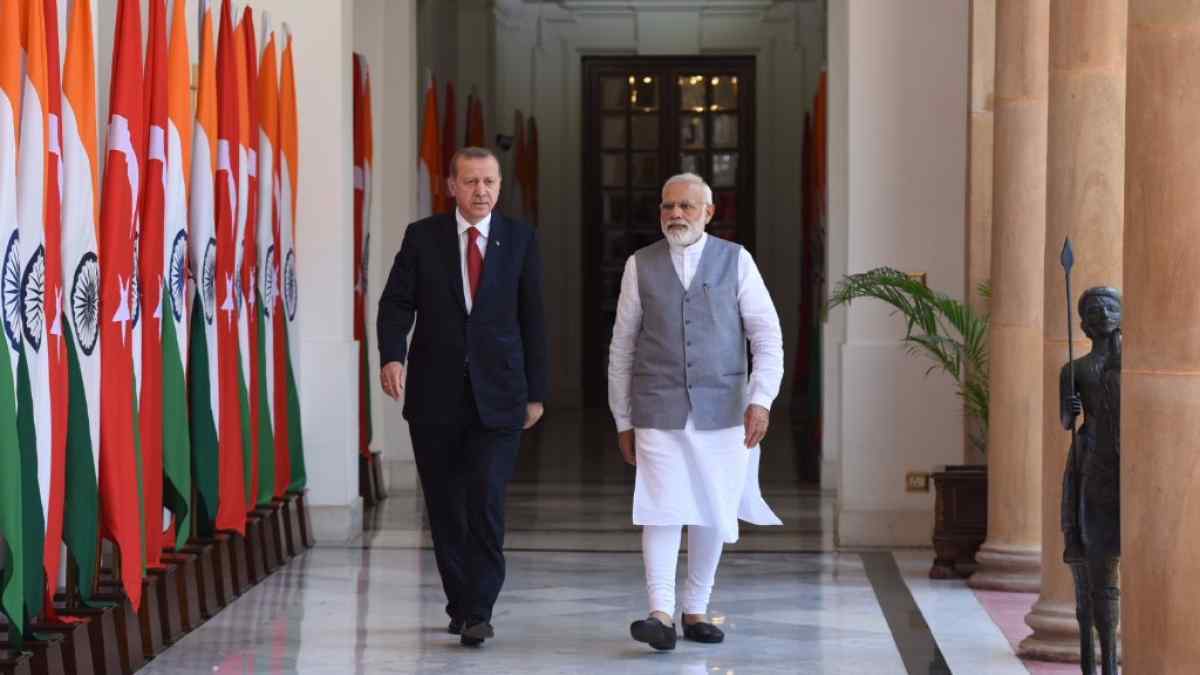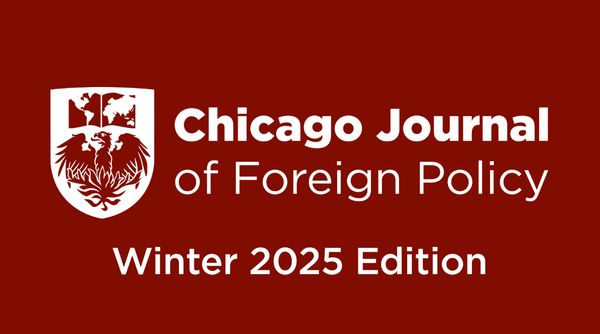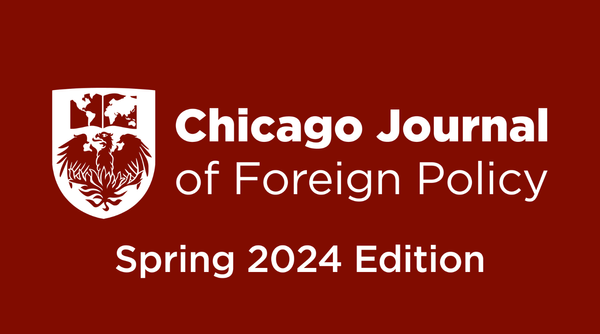What India Can Learn From Turkey's Economic Crisis

by MOLLY MCCAMMON, ’21
Turkey is in the midst of an economic crisis, with the lira down nearly 45 percent from the beginning of the year. [1] High inflation combined with President Erdogan’s stubborn insistence on keeping interest rates low have influenced the current crisis, causing Turks to fret about their ability to buy basic goods and foreign investors to anticipate the spread of the crisis to global markets. [2] But, one might ask, what does this have to do with India?
India, like Turkey, is one of the world’s largest emerging markets, with a predicted growth rate of 7.3% in 2019. [3] In the past month, Turkey’s lira fell to 7.2 to the dollar (though it has since regained some of its value), and on August 15th, the Indian rupee also hit a record low of 70.6 rupees to the dollar. [4][5] This raises concerns that what is happening in Turkey will have a spillover effect in India. However, the situations in the two countries are very different: while India continues to see high growth rates due to disciplined macroeconomic management, [6] Turkey does not. In fact, an IMF report written in April 2018 warned that Turkey’s high inflation rate, positive output gap, and wider current account deficit, if left untended, would combine to create an economic crisis. That crisis is now underway.
To answer the question of how the lira’s plummet will affect India, it is first necessary to understand what caused the Turkish crisis. The majority of the blame belongs to the government’s mishandling of economic policy: Turkish President Recep Tayyip Erdogan strongly advocated foreign borrowing in order to bolster growth rates, racking up foreign debt while the inflation rate rose to 15.8%. [7] This is in stark contrast with the Indian inflation rate of 4.1%, which the BJP government has controlled by increasing interest rates twice since June and checking currency volatility with $US 23 billion in foreign reserves. [8] Furthermore, unlike Turkey, India has safely stored away some $US 400 billion in foreign reserves in case things get out of hand. [9]
So India’s current economic condition is markedly different from that of Turkey. But before breathing a sigh of relief, one must also consider whether India holds enough stake in Turkey that the economic crisis there will negatively impact its investments. As it turns out, Turkey does not even make the list of India’s top 15 importing partners, and the $US 6.2 billion which India imports from Turkey will be made cheaper with the continued devaluation of the lira. [10]
Though it does not appear that India’s economy is in a state similar to Turkey’s, nor that the Turkish crisis will deeply impact Indian trade, there is a final fear that foreign investors in emerging markets, made skittish by the lira’s collapse, will begin selling off currencies of other emerging markets—including the Indian rupee. In the short term, there is not much India can do should this scenario arise, other than hope that the market will recover as quickly as it did in 2013 during the so-called “Taper Tantrum.” [11] There are, however, still some key lessons that India can learn from the Turkish crisis.
First, India must recognize that keeping interest rates low while allowing inflation to rise is not a sustainable way to ensure high growth rates for the economy. Turkey learned this the hard way from Erdogan’s insistence on keeping interest rates low. It is crucial that the BJP government, nearing an election year in 2019, does not follow the same route and seek to gain public approval by practically handing out rupees. Though being stingy with public funds won’t necessarily garner BJP party members easy votes at the polls, in the long-run it will be more beneficial to the health of the Indian economy.
Secondly, India must avoid a “trade war” similar to that which is being currently waged between the US and Turkey. While attributing Turkey’s entire economic crisis to US sanctions (as Erdogan does) is going too far, such sanctions certainly did not help an already bad situation. India should seek to avoid a similar scenario by remaining on the good side of the Trump administration, especially by exercising caution in regard to defense deals with Russia.
Third, instead of following the Turkish example of allowing the current account deficit to grow unimpeded, India should seek to reduce it by producing more at home rather than relying on foreign imports of goods. This necessitates reforms in the manufacturing sector. Such reforms can be aided by investing heavily in R&D and skill development programs that will help catapult the Indian manufacturing industry onto the world stage.
The Indian economy is far from reaching the level that Turkey has sunk to, thanks to the large amount it has stored in foreign reserves and the government’s fierce inflation-targeting measures, but India can still learn from Turkey’s example in order to avoid making any similar mistakes in the future.
Works Cited
[1] Köhne, Gunnar. “Istanbul locals feeling the pinch of Turkey’s economic crisis.” DW. Last modified August 17, 2018. https://www.dw.com/en/istanbul-locals-feeling-the-pinch-of-turkeys-economic-crisis/a-45123040
[2] Bhatia, Sanjiv. “Turkey cris impacts India.” DNAIndia. Last modified August 20, 2018. https://www.dnaindia.com/analysis/column-turkey-crisis-impacts-india-2651893
[3] “World Bank forecasts 7.3 percent growth for India in FY2018-2019.” Business Standard. Last modified June 7, 2018. https://www.business-standard.com/article/economy-policy/world-bank-forecasts-7-3-per-cent-growth-for-india-in-fy2018-2019-118060600517_1.html
[4] Kollewe, Julia, and Martin Farrer. “Lira crisis: action by Turkey’s central bank fails to quell contagion fears.” The Guardian. Last modified August 13, 2018. https://www.theguardian.com/world/2018/aug/13/turkey-financial-crisis-lira-plunges-again-amid-contagion-fears
[5] “Indian Rupee.” Trading Economics. https://tradingeconomics.com/india/currency
[6] Mallaby, Sebastian. “Why India’s Economy is at the Head of the Pack.” Council on Foreign Relations. Last modified February 10, 2016. https://www.cfr.org/expert-brief/why-indias-economy-head-pack
[7] “Turkey Inflation Rate.” Trading Economics. https://tradingeconomics.com/turkey/inflation-cpi
[8] “Turkey crisis, falling rupee complicate RBI’s job despite a dip in inflation.” LiveMint. Last modified August 14, 2018. https://www.livemint.com/Money/o87YZOCnOF2Abk3CIfVzfL/Turkey-crisis-falling-rupee-complicate-RBIs-job-despite-a.html
[9] “Indian Foreign Exchange Reserves.” Trading Economics. https://tradingeconomics.com/india/foreign-exchange-reserves
[10] Workman, Daniel. “India’s Top Trading Partners.” World’s Top Experts. Last modified October 4, 2018. http://www.worldstopexports.com/indias-top-import-partners/
[11] Rapoza, Kenneth. “Happy Anniversary To Market’s Taper Tantrum.” Forbes. Last modified May 23, 2014. https://www.forbes.com/sites/kenrapoza/2014/05/23/happy-anniversary-to-markets-taper-tantrum/#297fa804229b





